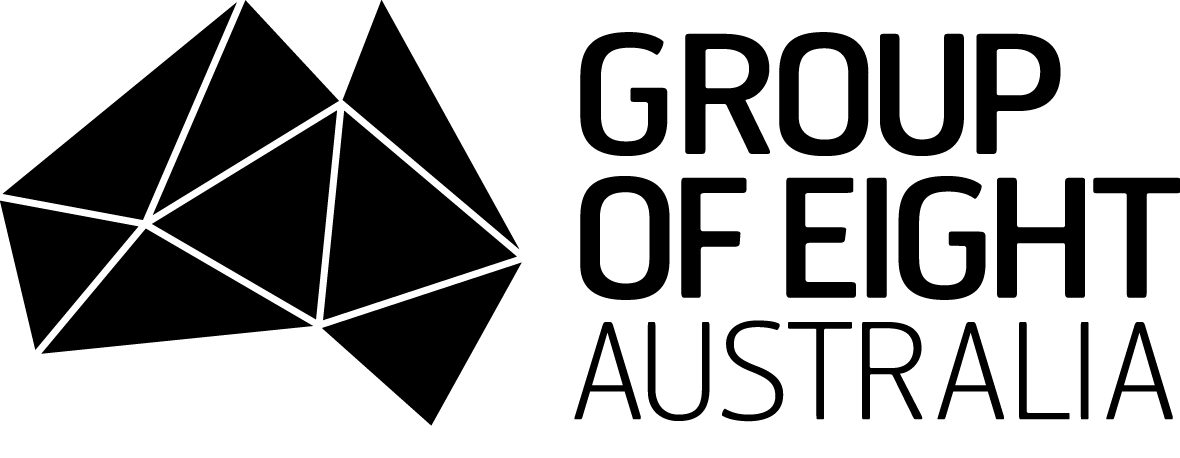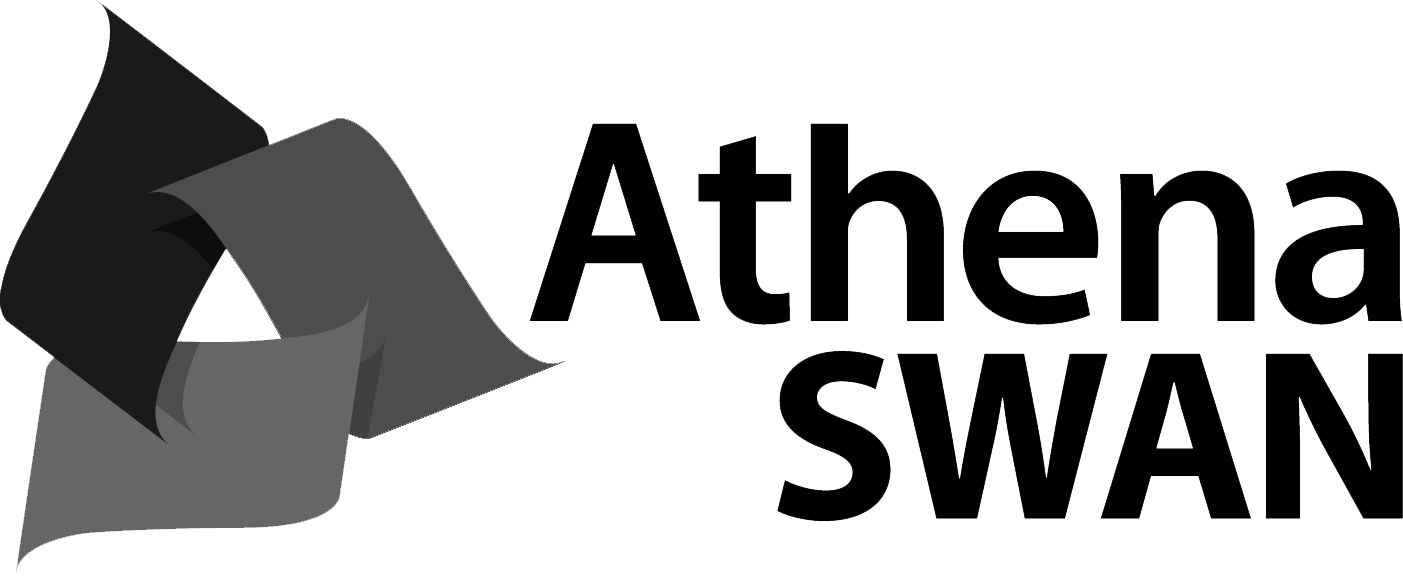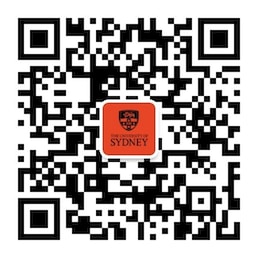In his book on Applied Mathematics, Alain Goriely states There is great beauty in mathematics and great beauty in the world around us. Applied Mathematics brings the two together in a way that is not always beautiful, but is always interesting and exciting. In this unit you will explore classic problems in Applied Mathematics and their solutions or investigate an area of Applied Mathematics that is currently the focus of active research. You will delve deeply into powerful mathematical methods and use this mathematics to investigate and resolve problems in the real world, whether that is in computation, the social sciences or the natural sciences. You will learn how the synergies between mathematics and real world problems that are found throughout Applied Mathematics both drive the creation of new mathematical methods and theory, and give powerful insights into the underlying problems, resulting in new ways of seeing the world and new types of technology. By doing this unit you will grow in your appreciation of the links between mathematical theory and its practical outcomes in other disciplines and learn to use mathematics in deeply profound ways in one or more areas of application.
Unit details and rules
| Academic unit | Mathematics and Statistics Academic Operations |
|---|---|
| Credit points | 6 |
| Prerequisites
?
|
None |
| Corequisites
?
|
None |
|
Prohibitions
?
|
None |
| Assumed knowledge
?
|
Familiarity with the methods of classical applied mathematics (e.g., MATH4412) and the ability to write code and numerical schemes to solve standard applied mathematical problems (e.g., MATH4411 or equivalent). Please consult with the coordinator for further information |
| Available to study abroad and exchange students | Yes |
Teaching staff
| Coordinator | Holger Dullin, holger.dullin@sydney.edu.au |
|---|---|
| Lecturer(s) | Holger Dullin, holger.dullin@sydney.edu.au |
| Tutor(s) | Holger Dullin, holger.dullin@sydney.edu.au |





